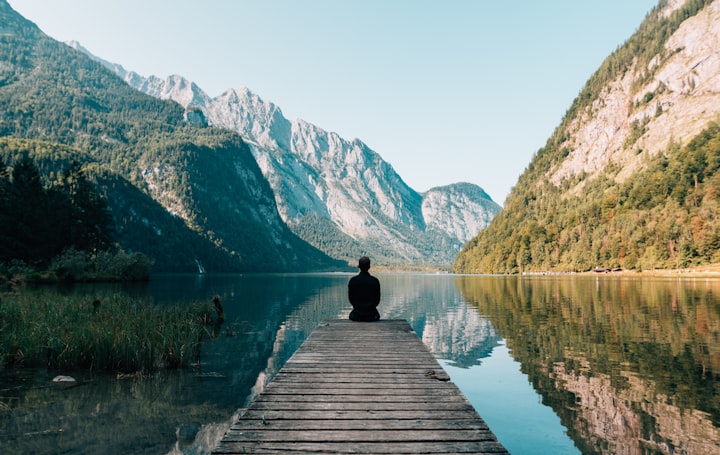
Chögyam Trungpa defines mindfulness in the book, The Myth of Freedom as, “Mindfulness is the process of relating with individual situations directly, precisely, definitely. You communicate or connect with problematic situations or irritating situations in a simple way”. There are four fundamentals of mindfulness: mindfulness of body, mindfulness of life, mindfulness of mind, and mindfulness of effort. Over the past couple of weeks I have found myself truly reflecting upon the concept of mindfulness of body, seeing as the lecture given on it struck home pretty significantly. Through this reflective time I feel I have grown the most in the twenty years of my life. Finally being able to be genuinely aware of the real issue that has been feeding my brothers addiction for years has taken so much weight off of my shoulders.
What is mindfulness of body? We can look at it as the way the breath connects both body and mind making them inseparable. Western cultures go about everyday living with the belief that they have a body, rather than the mentality that Eastern traditions hold of being a body, which really emphasizes mindfulness of body and the interconnected flow of body and mind together. It is as if we are not truly living within our bodies if the two are not connected, and when they are we find our Bodhi Body. The core of this “Bodhi Body” or inseparable body and mind is best recognized as the heart. In other words, it is not our thinking mind that becomes awakened it is the “heart mind” that wakes up.
However, due to the way Western cultures think they have a body the true self is not encompassed, rather the body that is created by the mind. Otherwise referred to as the psychosomatic body, this is the epitome of the manifestation of suffering. The lack of awareness of tension and quality of compulsion breeds off of what seems like a simple difference in thoughts. On simpler terms, the psychosomatic body is the embodiment of ego fixation. “The basic thing is to realize that we have everything going for us. We don’t have extreme pain that’s inescapable. We don’t have total pleasure that lulls us into ignorance. When we start feeling depressed, it’s helpful to recognize that” (Chödrön).
With that being said, many of us (including myself prior to beginning my practice) find other outlets to handle depression. Addiction is the plague, derivative of the psychosomatic body. I have been so stuck inside my own thoughts, grasping them too often, in attempt to find justification for loved ones that are suffering from addiction.
In The Wisdom of No Escape, Chögyam Trungpa shares something a friend kept telling him; “Whatever you do, don’t try to make those feelings go away…anything you can learn about working with your sense of fear or your sense of bewilderment or your sense of feeling inferior or your sense of resentment- anything you can do to work with those things- do it, please because it will be such an inspiration to other people”. This is exactly how I feel. I have held onto others suffering as my own for the majority of my life. Sitting with the emotions they trigger in me, and no longer letting them control me, but basically befriending them, has truly changed my world already. I feel so much relief and so much compassion. “Jumping or leaping is a very dignified thing to do. It is being willing o be an explorer on the biggest scale, willing to be a samurai in the wildest sense, willing to break through, to be a warrior” (Trungpa).
Reference
Chödron, Pema. (2011). The Wisdom of No Escape: and the Path of Love and Kindness. Boston: Shambala Classics.
Trungpa, Chögyam. (2010). The Myth of Freedom: and the Way of Meditation. Boston: Shambala Classics.
Trungpa, Chögyam. (2010). The Sanity We Are Born With: A Buddhist Approach to Psychology. Boston: Shambala Classics.






Comments
There are no comments for this story
Be the first to respond and start the conversation.